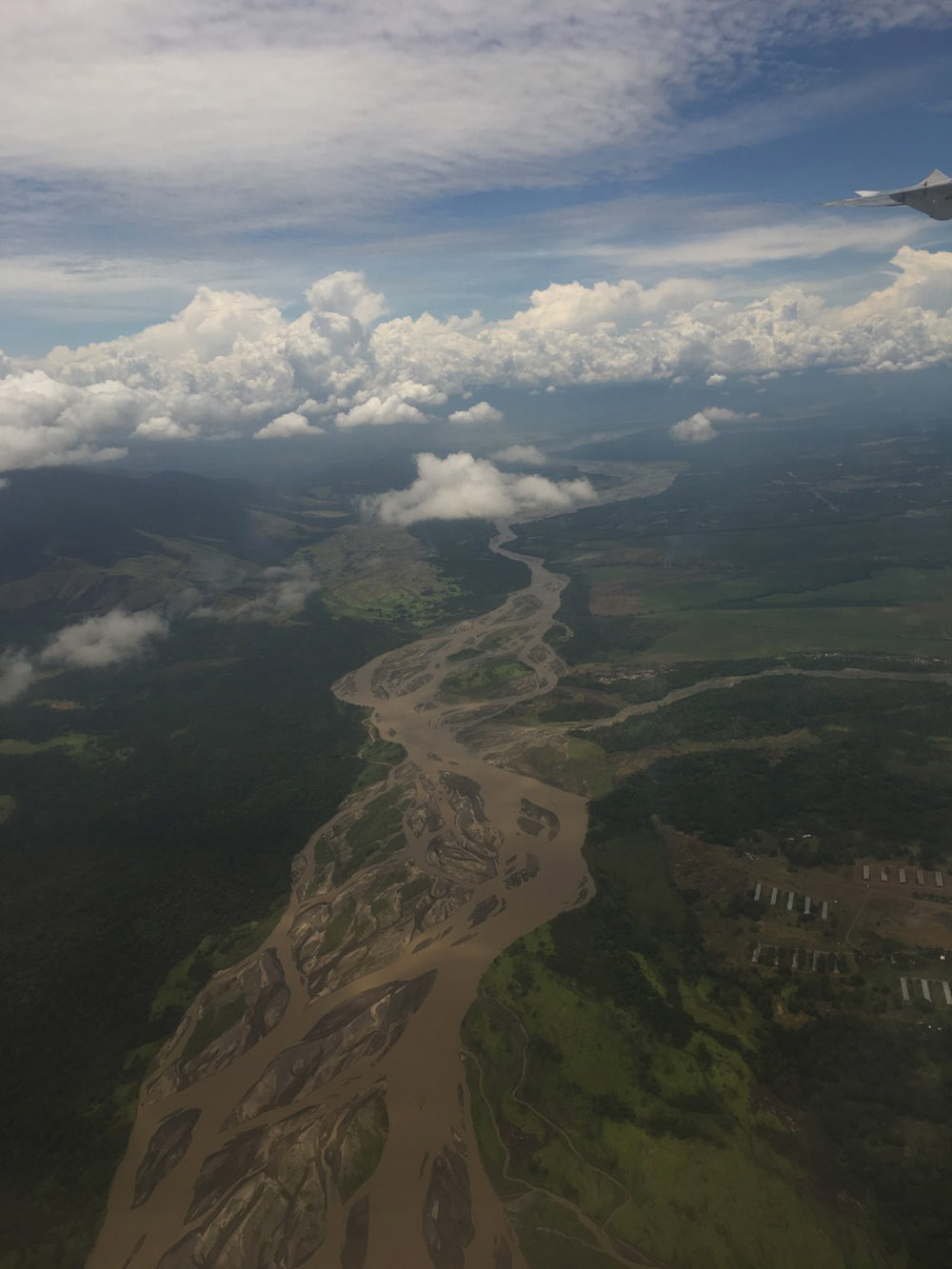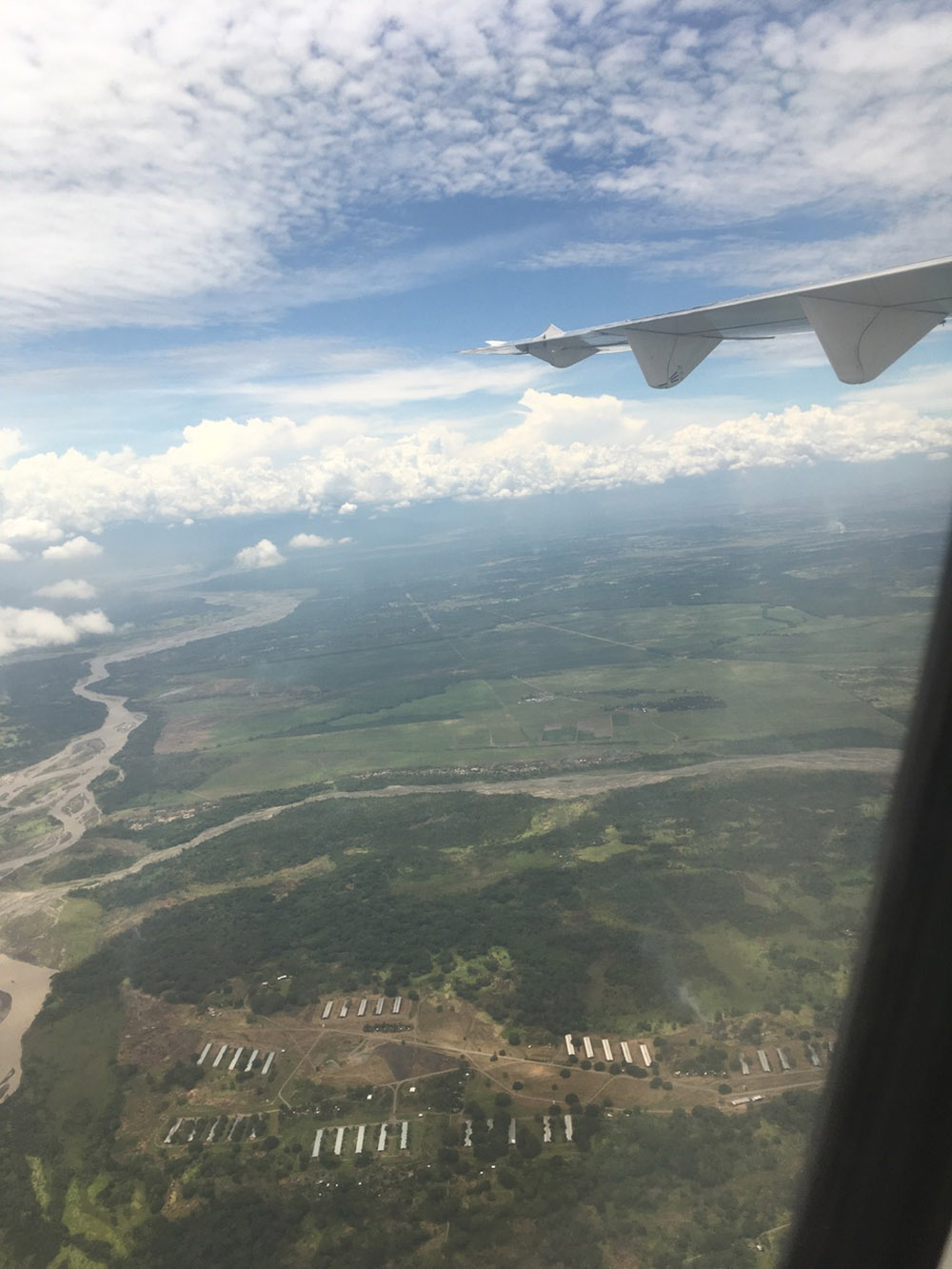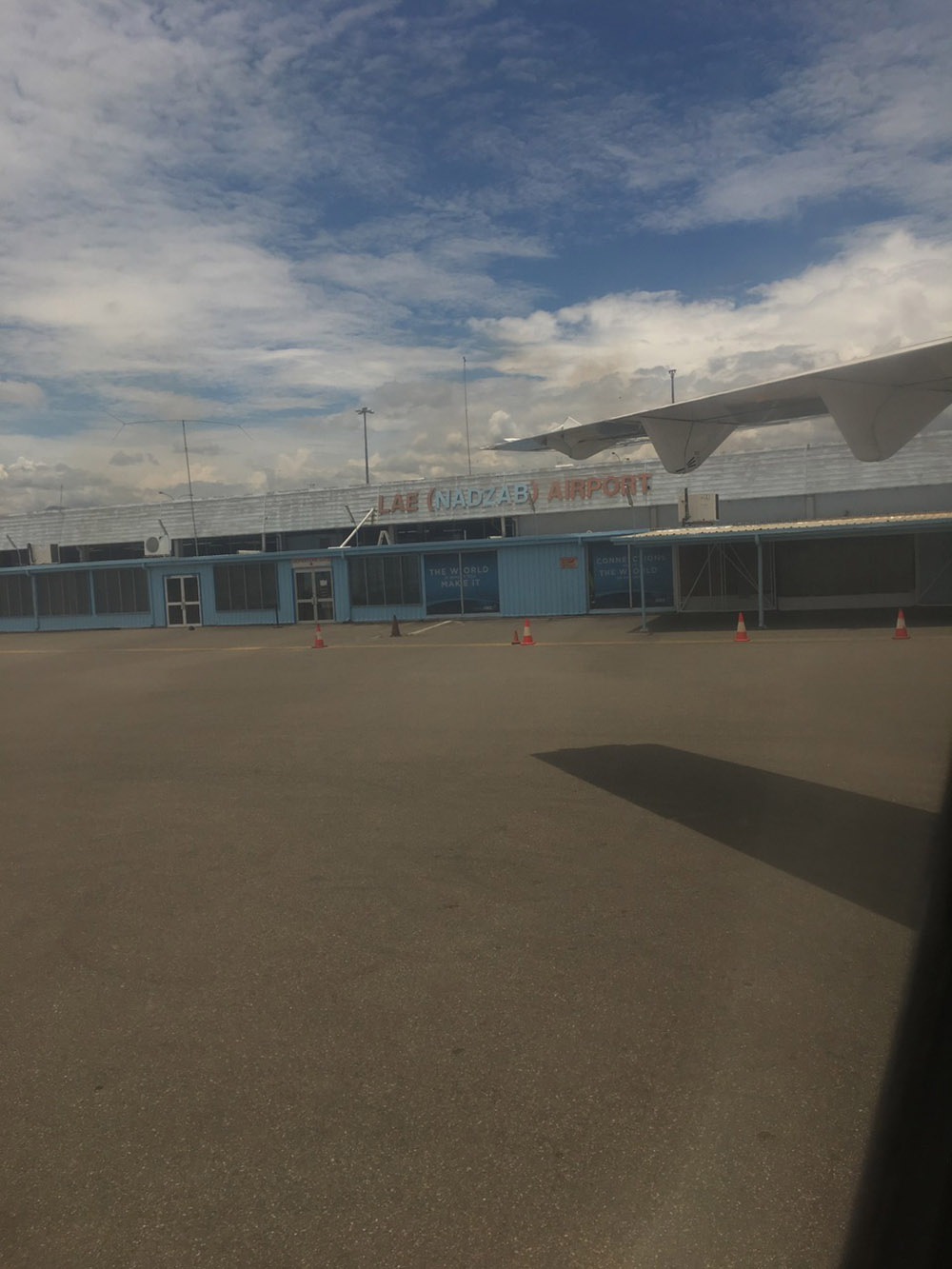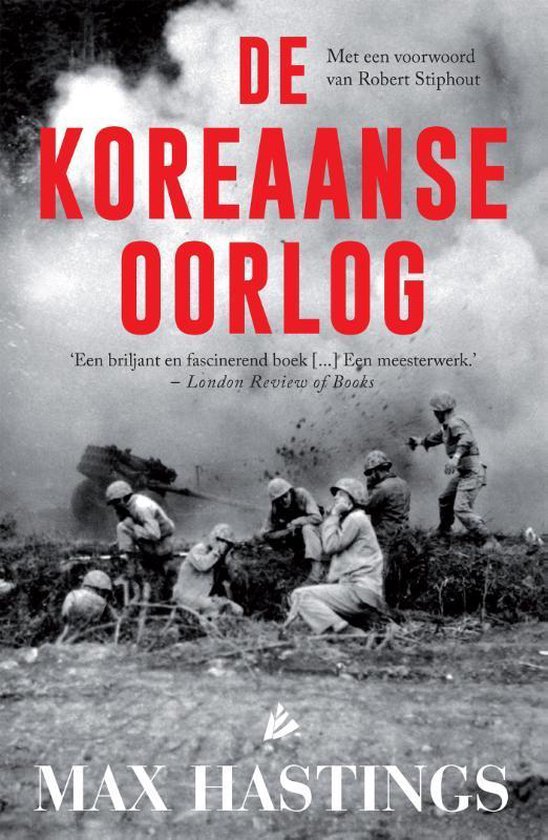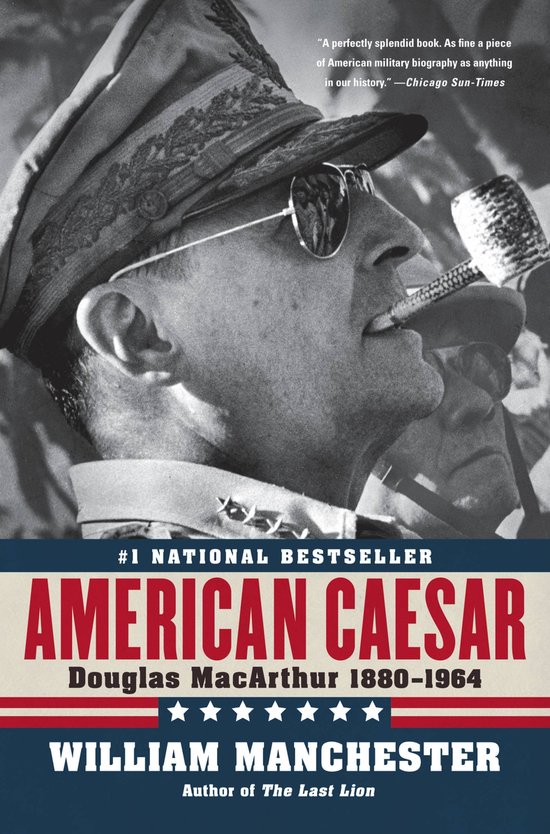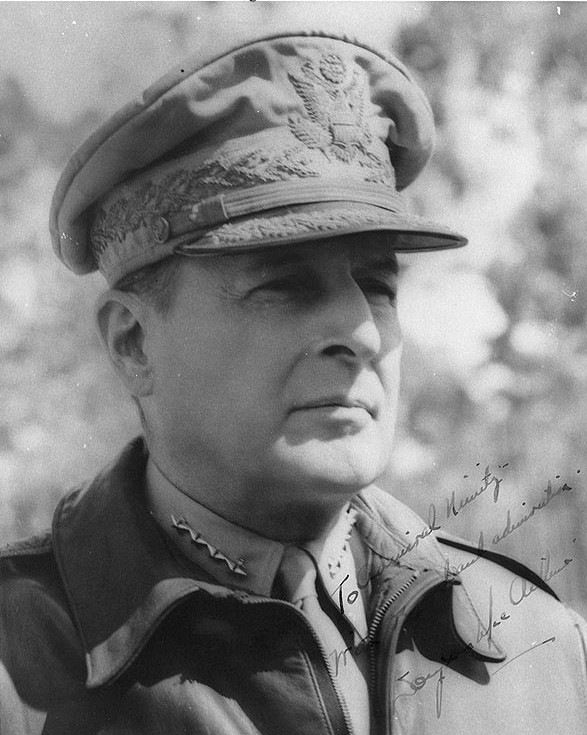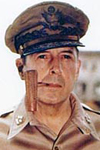Sepik River
During World War II, one of the most contested areas of battle was for control of Lae, the second largest town in New Guinea, and an important port on the north coast of what is now PNG.
The Japanese army took Lae on March 8, 1942. There was little that the Allies could do to prevent the landing.
Prior to the land campaigns to retake New Guinea and Lae from the Japanese, the Australians sent in a number of forward scouts to patrol the area around the Sepik River (see photos) and report intelligence back to the Allied command.
One result of these superhuman efforts in the jungle was the book, "Fear Drive by Feet" by Peter Ryan, one of the classics of World War II literature. In it he describes numerous crossings of the Sepik River, which was always treacherous in his accounts.
The land campaign to retake Lae had offshoots along the north coast of New Guinea, and many resulted in dismal defeats and failures.
One of the key components of the land campaign was the success of the Australians in preventing the Japanese from using the Buna (Kokoda) Trail to attack Port Moresby from the land side.
Eventually they drove the remnants of the Japanese garrison back to the north shore. But still around Buna the Japanese inflicted a heavy toll on General MacArthur’s inexperienced troops who were trying to capture the coastal town.
The key element in the recapture of Lae was an airborne assault by the 503rd Parachute Infantry Regiment of the US Army on September 5, 1943. And as the paratroops were dropped on Nadzab Airfield (see photo above), General MacArthur himself was watching the operation from a circling aircraft.
Lae is served with many daily flights, although there is no road between Port Moresby and the country’s second city.
An excellent history (more American than Australian, however) of the land campaigns along this coast is James P. Duffy’s "War at the End of the World: Douglas MacArthur and the Forgotten Fight for New Guinea, 1942-1945."
The prize in all this fighting, however, was to get close enough to the Japanese stronghold of Rabaul, on New Britain, which functioned as the Japanese navy’s fleet headquarters during much of the fighting in New Guinea and down the Solomons.
New Guinea was also the gateway to Australia, which lies just to the south.
Do you have more information about this location? Inform us!
Source
- Text: Matthew Stevenson
- Photos: Matthew Stevenson
